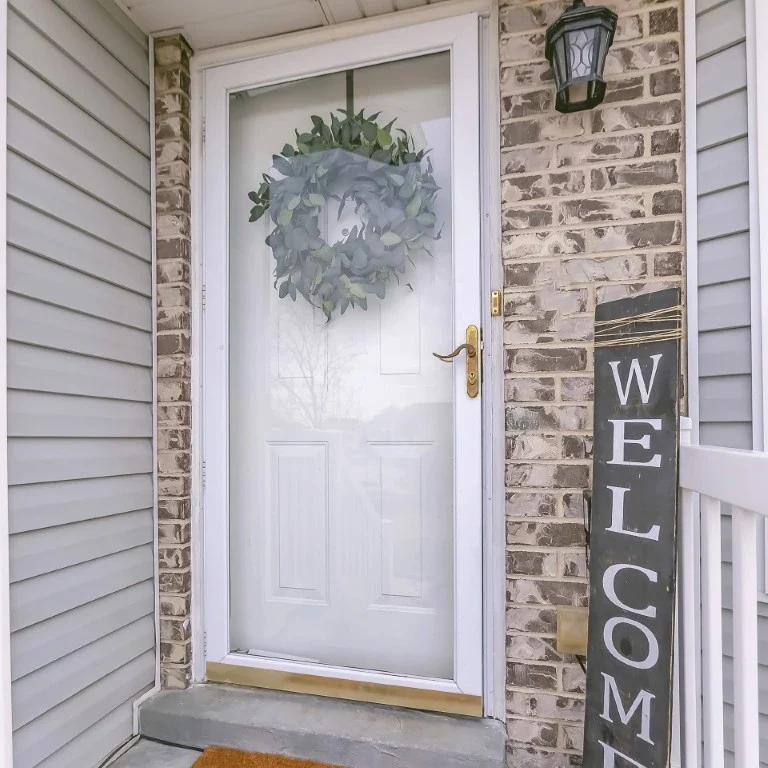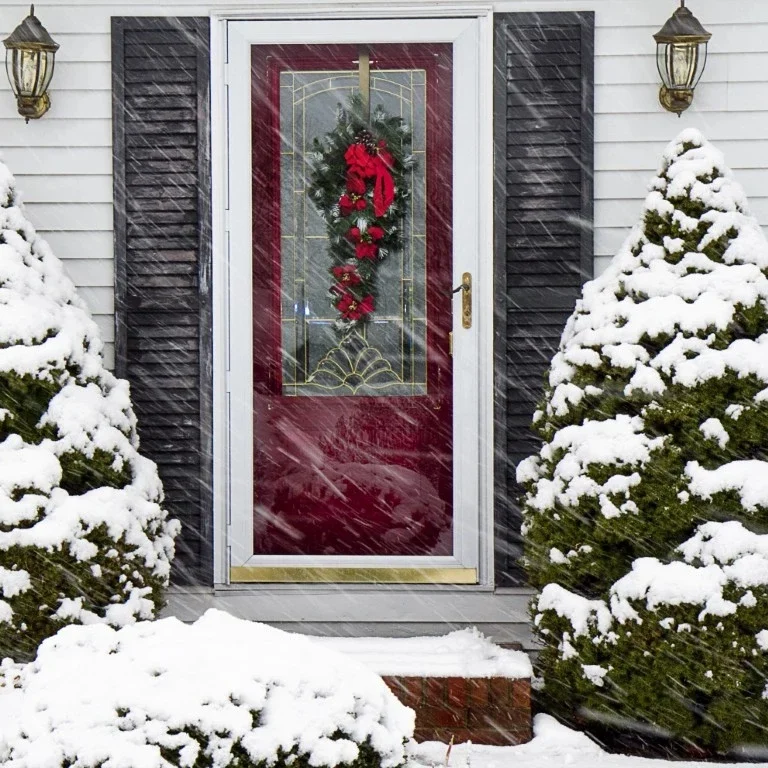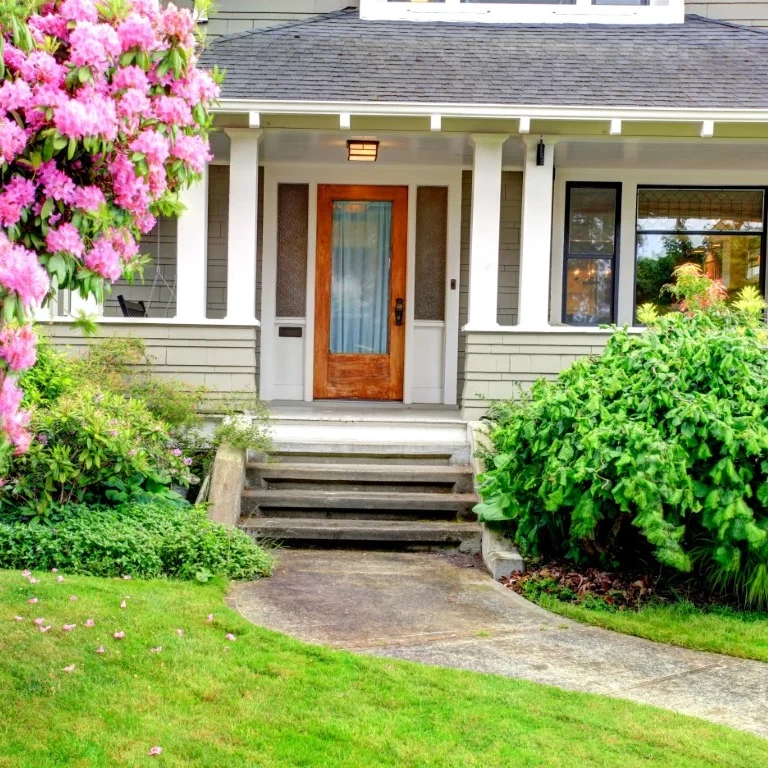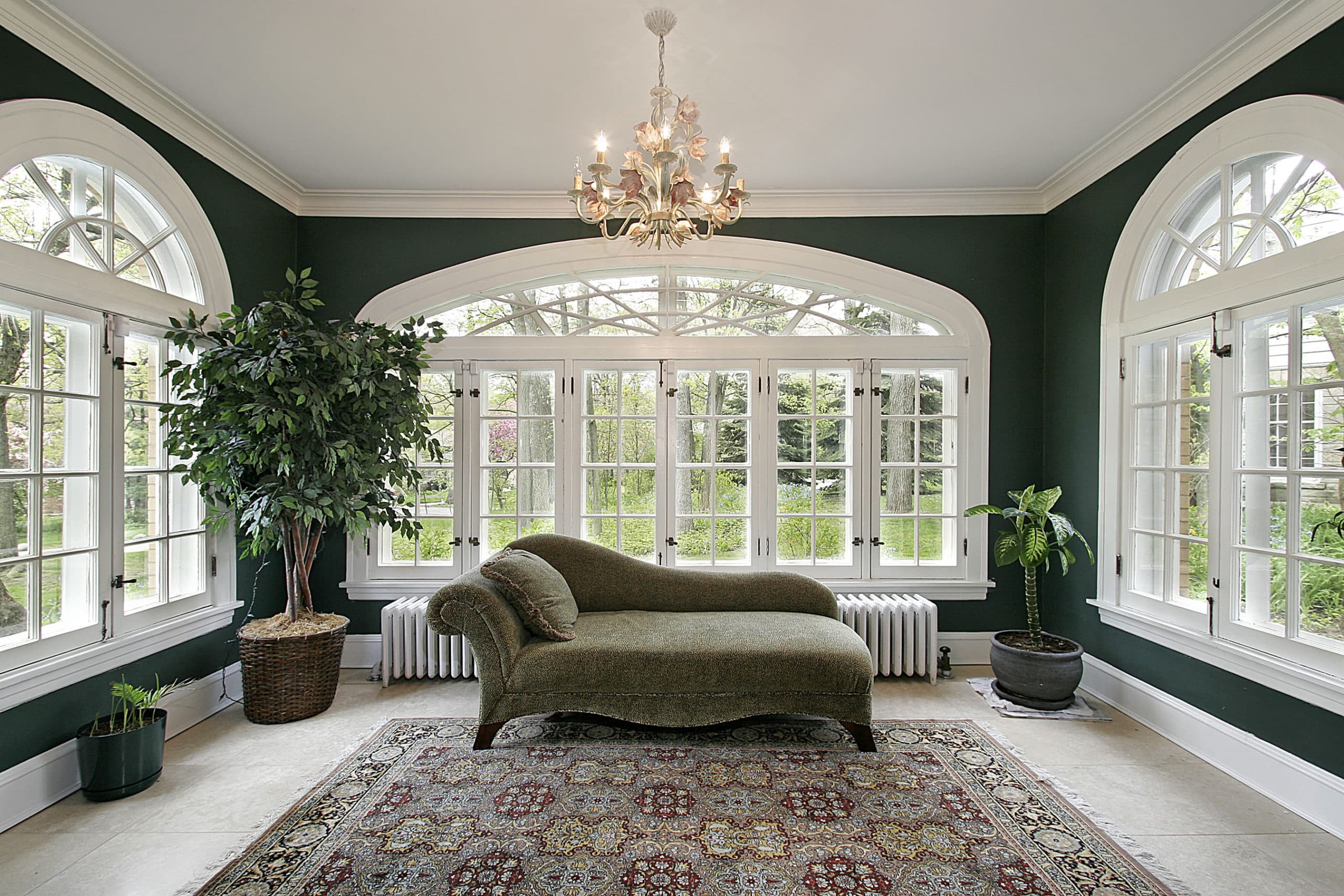
When it comes to improving your home’s comfort, efficiency, and protection, homeowners often don’t think of storm doors. But whether you live in an area with harsh winters or windy seasons or just want better home performance, a storm door can deliver immediate benefits. Here’s why adding one to your home is a smart investment.
Storm Doors vs. Screen Doors
A screen door is primarily used for ventilation and to keep out pests. It typically features a lightweight screen mesh and a simple frame. It’s generally less expensive and easier to install than a storm door.
A storm door is sturdier and features glass panels, with an interchangeable screen panel for ventilation during warmer months. It provides better insulation, better security, and protection against the weather. It’s typically heavier and more complex to install.
Why You Should Consider a Storm Door
1. Extra Protection From the Elements
Storm doors act as a frontline shield between your entry door and the outdoors. They help block:
- Heavy winds
- Rain and snow
- Flying debris
- Sun exposure
This added layer protects your main door from premature wear while also reducing the chance of moisture intrusion or warping over time.
2. Improved Energy Efficiency
A storm door creates an insulating air pocket, helping keep warm air inside during colder months and hot air out during the summer. Many modern models also feature:
- Low-Emissivity (Low-E) glass
- Tight weatherstripping
- Energy-efficient construction
This can help reduce drafts, as well as lower heating and cooling costs throughout the year.
3. Enhanced Security
If safety is a priority, storm doors offer an extra layer of defense. Strong frames, secure locks, and optional security glass make it harder for intruders to access your entry door. It’s an easy way to increase peace of mind without investing in a major renovation.

4. Better Ventilation Without the Bugs
Want fresh air without leaving your home vulnerable? Many storm doors include retractable screens or full-view or half-view screen options. These models allow you to enjoy breezes on nice days while keeping insects, debris, and critters out.
5. Increased Natural Light
Full-view doors brighten your entryway by letting in more sunlight while still providing protection. This works especially well in homes with darker foyers or deep front porches.
6. Added Curb Appeal
Storm doors come in a wide range of colors, materials, and styles — from sleek modern full-glass to more traditional designs. A well-chosen storm door can enhance your home’s appearance and complement your main door beautifully.
7. Extended Lifespan for Your Entry Door
Your entry door experiences a lot of wear and tear over the years. By installing a storm door, you reduce exposure to harsh weather, scratches, dents, and fading. This can help preserve both its beauty and functionality, as well as save you money in the long run.
8. Increased Home Value
Homebuyers love practical upgrades. A storm door lowers maintenance costs, improves energy efficiency, and enhances security — three features that can increase perceived home value and appeal.
9. Noise Reduction
The added barrier of a storm door can help reduce outdoor noise, creating a quieter, more peaceful indoor environment. This is especially beneficial if you live near busy streets, construction areas, or active neighborhoods.
Types of Storm Doors
Full-View — This style features a large glass panel that runs from top to bottom. It allows you to let in plenty of natural light as well as enjoy the view outside. Some full-view doors are designed with decorative glass for a more elegant look.
Mid-View — Mid-view doors include a panel of glass at the top and a solid kickplate at the bottom, providing more durability in high-traffic areas.
High-View — This door has a glass panel at the top with the majority of the door being solid. This works well for those who want to prioritize security and privacy, while still having some ventilation.
Retractable Screen — This is a full-view door with a built-in screen that can be pulled down for ventilation when needed and rolled back up for a full-glass view.

You can choose from various materials, including aluminum, vinyl, wood, and steel-clad, as well as various glass types, such as clear, beveled, decorative, tinted, or Low-E. Some doors also come with built-in pet doors to allow your furry friends to come and go as they please.
Should You Install a Storm Door?
A storm door is a small improvement that delivers year-round benefits. Whether you care about increasing comfort, bringing in more natural light, saving energy, or enhancing curb appeal, a storm door offers practical benefits that make your home more inviting, efficient, and durable for years to come.






